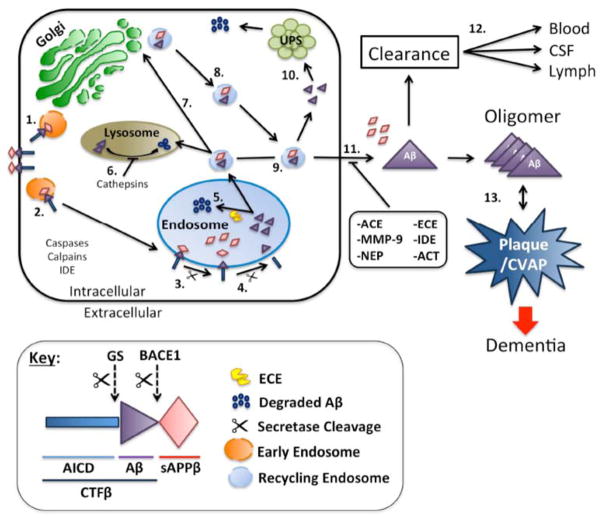Fig. 2. Model showing the cell biology of Aβ production and degradation.
APP is synthesized in the ER and gets transported to the Golgi apparatus where it is packaged to vesicles (orange circles) for delivery to the cell surface (Step 1.). APP that does not get processed by the α-secretase in the secretary pathway is internalized into endosomes (Large blue circles), which are acidic compartments (Steps 2 and 3). BACE1 cleaves APP in the endosome to generate CTFβ, which is then processed to Aβ by γ-secretase within the endosome (Step 4). In neurons, a large fraction of the Aβ generated in this compartment is degraded by ECE and unknown proteases (Step 5). Aβ that escapes this pathway may be transported to the lysosome and degraded (Step 6). Alternatively, Aβ containing recycling vesicles (small blue circles) can be recycled to the cell surface either via the Golgi apparatus (Steps 7 and 8)or directly from the endosome to the cell surface (Step 9). Aβ may be released from recycling vesicles to the UPS for degradation (Step 10) or get degraded at the cell surface by other known pathways such as NEP, IDE, MMP-9 or by other unidentified pathways. The Aβ that escapes degradation may be drained into the cerebrospinal fluid or cleared into the lymphatic or vascular circulation. Failure of all these redundant turnover mechanisms will lead to accumulation and aggregation of Aβ into SP and as CVAP.

